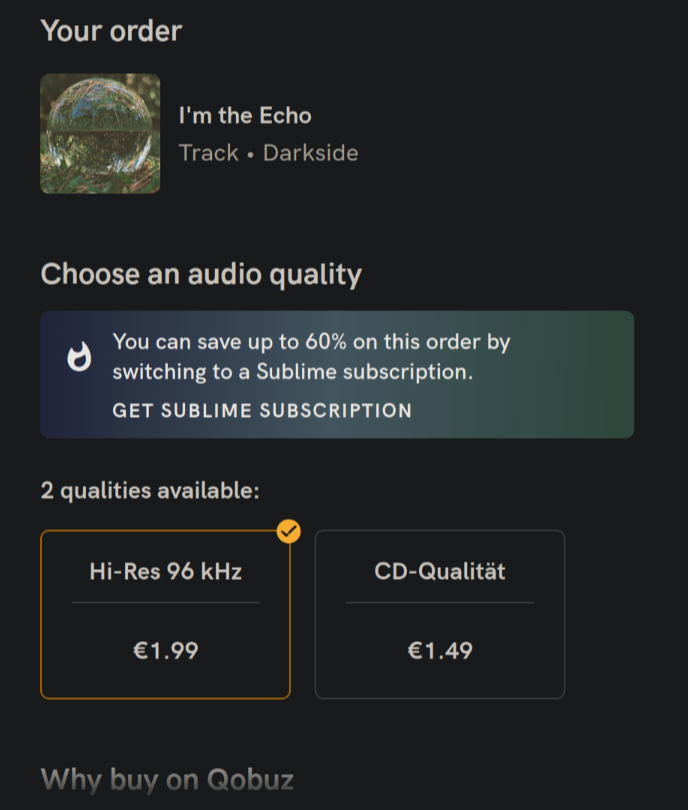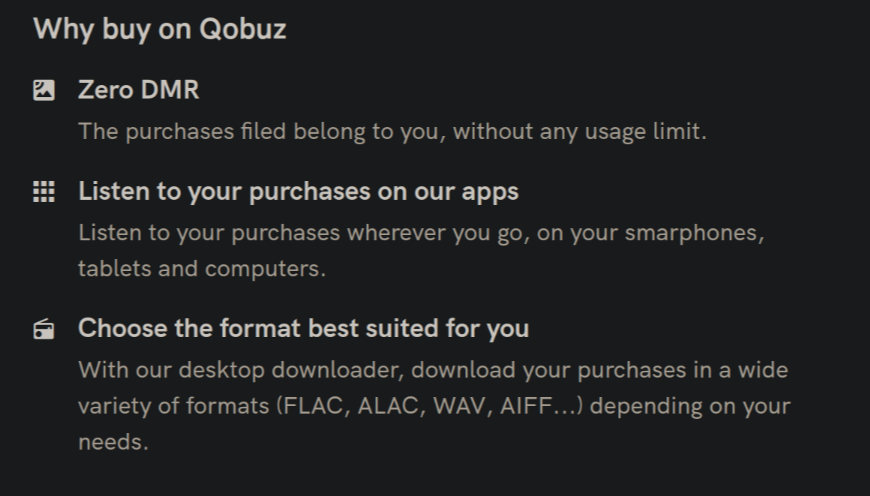This is probably outdated. It’s from 2018.
I was gonna say, the only way Google and YouTube are listed separately is if this data was collected years ago before YouTube music was a thing
Both services existed at the same time for a few years.
I think we basically just had 2020 with both, which is after the data used in the OP’s chart.I’m suspecting YouTube on here is just ad revenue for music videos on YouTube rather than anything to do with the YouTube music service.
Edit: I was completely off the mark with the first point, I must have completely ignored YouTube music for the first few years
I still ignore YouTube music.
Also, amazon don’t have the same library as spotify. The other day I was searching for a very obscure foreign language old song and spotify was the only one that had ir.
That is how years work.
Microsoft as always trying hard to get in the business and failing spectacularly. Never heard of Xbox music
Probably the backend service that ran the front end for the Windows 10 things later on. I think Groove?
TIL Xbox Music is a thing
This is really old.
Xbox music became Groove Music which was retired Dec 31st 2017.
Though I guess that was just the subscription offering?
Sounds like any licenses you held continue on which I guess is nice. Does that mean any Zune licenses you have are now Xbox / Groove?
This source is quoted all the time and is based on someone misinterpreting YouTube artist revenue, it’s actually the same as the Google figure listed.
According to Route Note, which appears to offer a middle-man service for artists, their ranking, as of November 2023, is:
- Napster
- Tidal
- Apple
- YouTube Music
- Deezer
- YouTube (official content)
- Amazon
- Spotify
- Pandora
- YouTube (ContentID)
Has anyone used Tidal or Napster? How is the music selection there vs Spotify?
I tried to switch to Tidal, but I found their app not as good, their integration with Sonos lacking, and no parental controls, which is important to me. Music selection was pretty good. A lot of niche stuff isn’t there, sadly. For example I sometimes listen to college acapella groups, and there just isn’t as much there. All the popular music is there though.
I’ll have to check them out then. I don’t care about parental controls (this would just be for me, not my kids), though I also don’t listen to much mainstream music and prefer smaller artists, so I’m not sure if they’d have what I’m looking for.
I loved Tidal until I hit some arbitrary cap on the number of songs you can dislike. Cancelled after their support had no answer for why theres a limit.
I used Napster, but not since like 2000.
How does this compare to radio?
Radio stations generally pay some organisation/company for the rights to play music.
That makes a lot of sense. Thanks!
Edit: I guess I’m wondering if smaller artists would make more from getting on the radio or getting popular on Spotify…
Here’s an example of the Dutch company that handles the music rights.
I’m guessing artists most definitely make more from streaming services, at least in the Netherlands.
Very interesting! I don’t speak Dutch, but I think I got the gist from the numbers they showed.
This article sends more up to date.
On average artists on Spotify receive around $0.003 per one stream… In order to make $1, you need about 334 streams.
I knew it was bad, but I didn’t realize it was that bad. Anyone know what the best way to buy music is that benefits the artist the most? I know concerts are the most profitable, but I can’t easily go to concerts these days because I have young kids.
Also, is this net of label fees, or is the artists share even smaller? I assume labels tend to take about half as mentioned earlier in the article.
I think the best for the artist is buying physical copies from their own homepage. Probably followed by Bandcamp
Qobuz is paying even more $0.04390
https://community.roonlabs.com/t/qobuz-giving-more-back-to-the-artists-than-other-services/125013
How they can afford that rate, an user that listens just one hour per day would cost them more than the monthly subscription (30×60÷3×,044)
Probably because they sell you the FLAC files directly, too. But you are right, it’s a high payout, that can’t be really sustainable.
e.g.


zero DMR
Something is giving me red flags here if they can’t get “DRM” right as one of the main features of the product
Definitely lost in translation. They are a French company. And if I set the interface to french, it says “Zero DRM”.

But they have so many blog articles where you can feel that it was written in French but machine translated.
Daba mights ranachment
Banking that not everyone is a power user and listens 100k minutes per year?
Data so old it’s talking about Google music which isn’t even called that anymore. Amazing.
This seems to be the original source: https://thetrichordist.com/2020/03/05/2019-2020-streaming-price-bible-youtube-is-still-the-1-problem-to-solve/ Note that this is sorted by market share and not by the payout.
Technically you can stream the music you purchased on Bandcamp from their site, would love some statistics how it compares since probably only few people use it and artists also get a very high percentage of the album price (50%?). Now that I think about it, doesn’t Bandcamp also have samplers or radios or something?
I don’t see why artists would receive money for music you purchased on bandcamp, unless I’m misunderstanding what you’re saying. It isn’t a streaming service. The only money exchanged is the money to purchase the album. It’s not monetized otherwise.
You might be able to stream some stuff you haven’t purchased, but artists have full control over what you can listen to and what you can’t, so those are treated more as a preview of the album rather than a “stream” in the Spotify sense.









